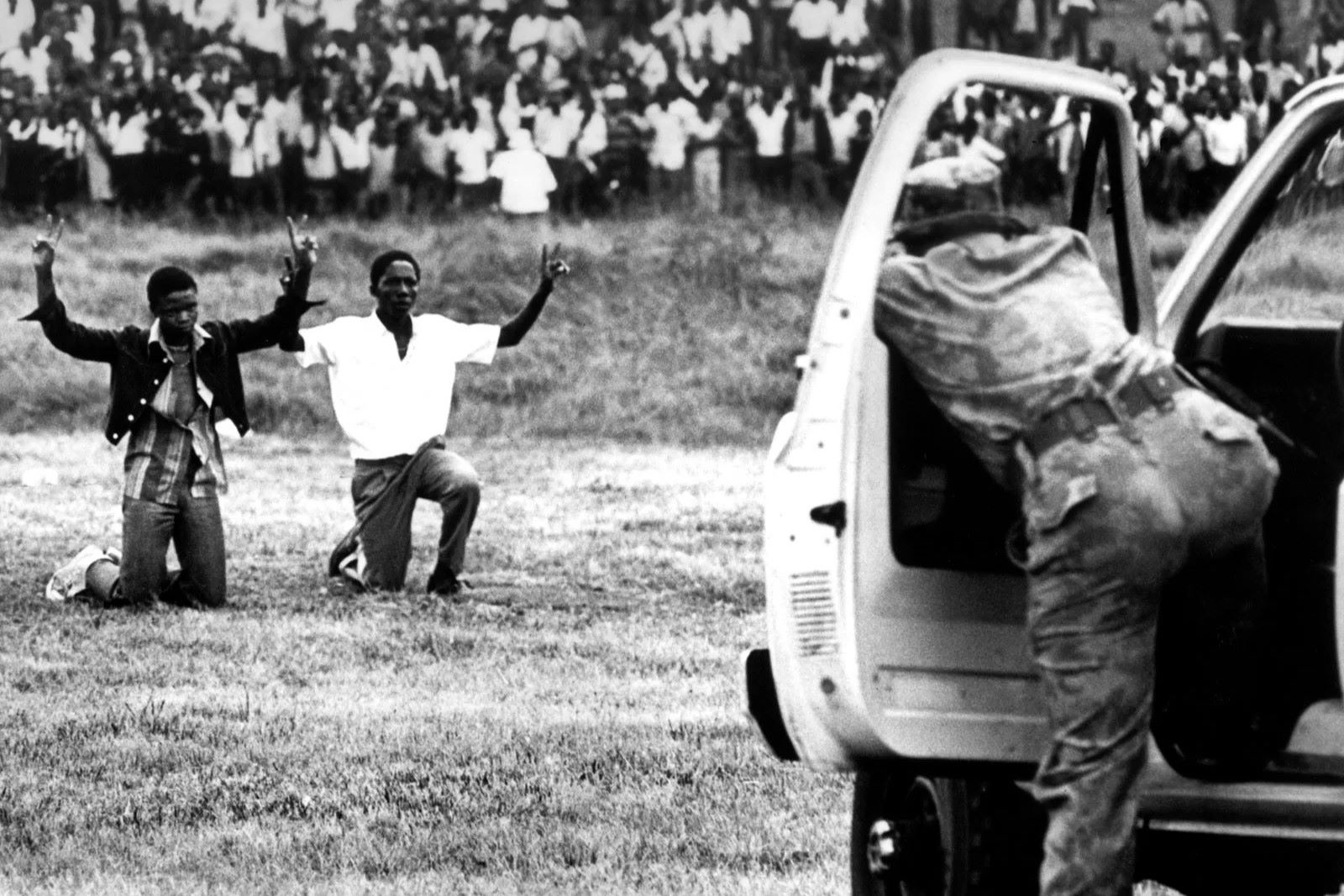
Bophuthatswana, a name that might not ring a bell for many, was a bantustan or "homeland" during apartheid in South Africa. Established in 1977, it was meant to be a self-governing state for the Tswana people. However, its existence was marred by political instability, economic struggles, and social unrest. The Bophuthatswana Crisis of 1994 became a pivotal moment, highlighting the deep-rooted issues within the region. This crisis saw violent clashes, a coup attempt, and intervention by South African forces. Understanding this period is crucial to grasp the complexities of apartheid's legacy and the challenges faced during South Africa's transition to democracy. Here are 30 facts that shed light on the Bophuthatswana Crisis, its causes, and its impact.
Key Takeaways:
- Bophuthatswana, a former South African homeland, faced political turmoil and economic struggles, leading to its dissolution in 1994. The crisis highlighted the complexities of South Africa's past and the need for genuine democratic governance.
- The involvement of the far-right group AWB in the Bophuthatswana crisis further fueled the unrest, leading to violent clashes and hastening the collapse of the region's government. The aftermath had lasting impacts on the people and culture of Bophuthatswana.
The Origins of Bophuthatswana
Bophuthatswana, a former Bantustan in South Africa, has a complex history. Understanding its origins helps explain the crisis that unfolded.
- Bophuthatswana was established in 1977 as a homeland for the Tswana people under apartheid.
- It was one of ten Bantustans created by the South African government to segregate ethnic groups.
- The homeland was declared "independent" by South Africa, but no other country recognized this status.
- Lucas Mangope served as the president of Bophuthatswana from its inception until its dissolution.
- The region was economically dependent on South Africa, with limited resources and infrastructure.
Political Turmoil and Unrest
Political instability plagued Bophuthatswana, leading to significant unrest and contributing to the crisis.
- Mangope's regime was marked by authoritarian rule and corruption.
- Opposition parties and activists faced severe repression, including imprisonment and violence.
- In 1988, a failed coup attempt by the Bophuthatswana Defence Force highlighted internal divisions.
- The homeland's government struggled to maintain control, leading to frequent protests and strikes.
- By the early 1990s, the political situation had deteriorated, with widespread calls for Mangope's resignation.
The 1994 Crisis
The crisis reached its peak in 1994, coinciding with South Africa's transition to democracy.
- In March 1994, Mangope refused to participate in South Africa's first multiracial elections.
- This decision sparked outrage among Bophuthatswana's residents, who demanded the right to vote.
- Protests escalated, leading to violent clashes between demonstrators and security forces.
- The South African government intervened, sending troops to restore order.
- Mangope was eventually removed from power, and Bophuthatswana was reincorporated into South Africa.
The Role of the AWB
The Afrikaner Weerstandsbeweging (AWB), a far-right paramilitary group, played a controversial role in the crisis.
- The AWB supported Mangope's regime, viewing him as an ally against the African National Congress (ANC).
- In March 1994, AWB members entered Bophuthatswana to assist Mangope in suppressing protests.
- Their presence led to further violence, including a notorious incident where AWB members were killed on live television.
- The AWB's involvement discredited Mangope's government and hastened its collapse.
- The group's actions highlighted the deep divisions within South African society during the transition to democracy.
Aftermath and Legacy
The aftermath of the Bophuthatswana crisis had lasting impacts on the region and its people.
- Bophuthatswana was officially dissolved on April 27, 1994, the same day as South Africa's first democratic elections.
- The territory was divided into parts of the North West Province and other neighboring regions.
- Many former residents faced challenges integrating into the new political and social landscape.
- The crisis exposed the failures of the Bantustan system and the need for genuine democratic governance.
- Today, Bophuthatswana's history serves as a reminder of the complexities and struggles of South Africa's past.
Cultural and Social Impact
The crisis also had significant cultural and social implications for the people of Bophuthatswana.
- The Tswana people faced identity challenges as they navigated their place within a unified South Africa.
- Traditional leaders and cultural practices were affected by the political changes and integration.
- The region's economic struggles continued, with many areas experiencing poverty and underdevelopment.
- Efforts to preserve and promote Tswana culture have been ongoing, with initiatives to document and celebrate their heritage.
- The legacy of Bophuthatswana remains a topic of discussion and reflection in South African society.
Final Thoughts on the Bophuthatswana Crisis
The Bophuthatswana Crisis remains a significant chapter in South Africa's history. Understanding its complexities helps us appreciate the struggles faced during apartheid. This crisis highlighted the tensions between the Bophuthatswana government and anti-apartheid movements, leading to violent clashes and political upheaval. The events of 1994, including the intervention by the South African Defense Force, marked a turning point, ultimately contributing to the end of apartheid.
Reflecting on these facts, it's clear that the Bophuthatswana Crisis played a crucial role in shaping modern South Africa. The resilience and determination of those who fought against oppression continue to inspire. By learning about this period, we gain valuable insights into the challenges and triumphs of the past, reminding us of the importance of justice and equality in building a better future.
Frequently Asked Questions
Was this page helpful?
Our commitment to delivering trustworthy and engaging content is at the heart of what we do. Each fact on our site is contributed by real users like you, bringing a wealth of diverse insights and information. To ensure the highest standards of accuracy and reliability, our dedicated editors meticulously review each submission. This process guarantees that the facts we share are not only fascinating but also credible. Trust in our commitment to quality and authenticity as you explore and learn with us.
